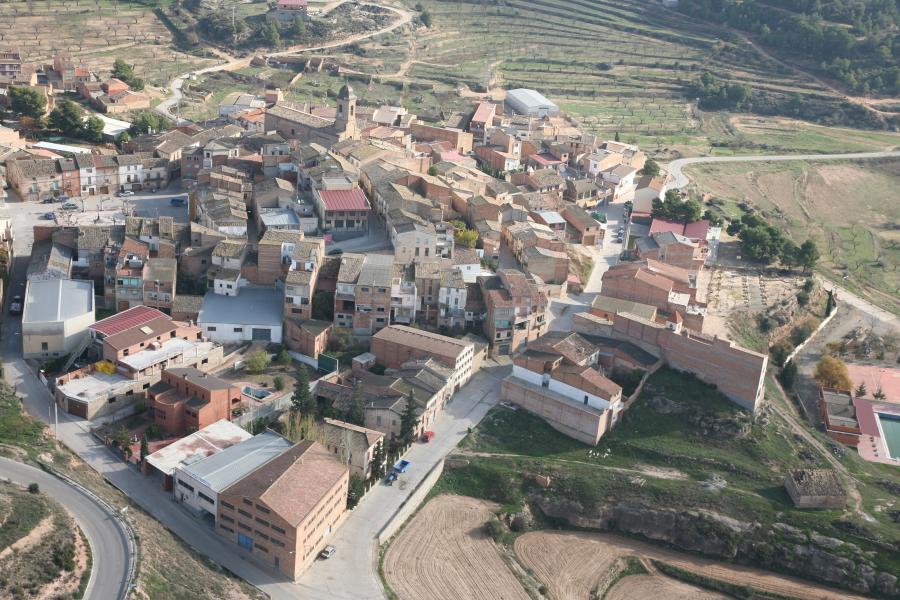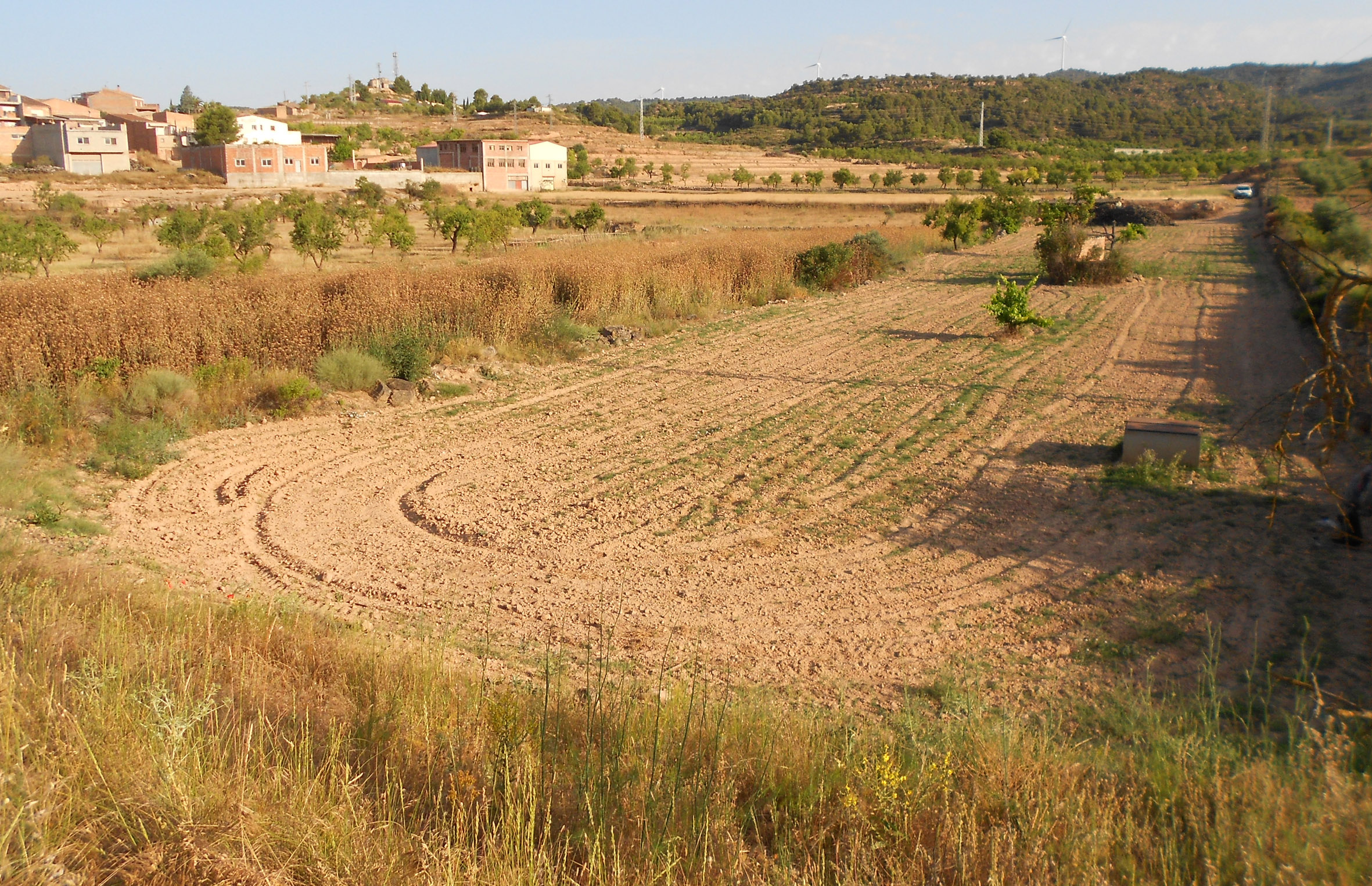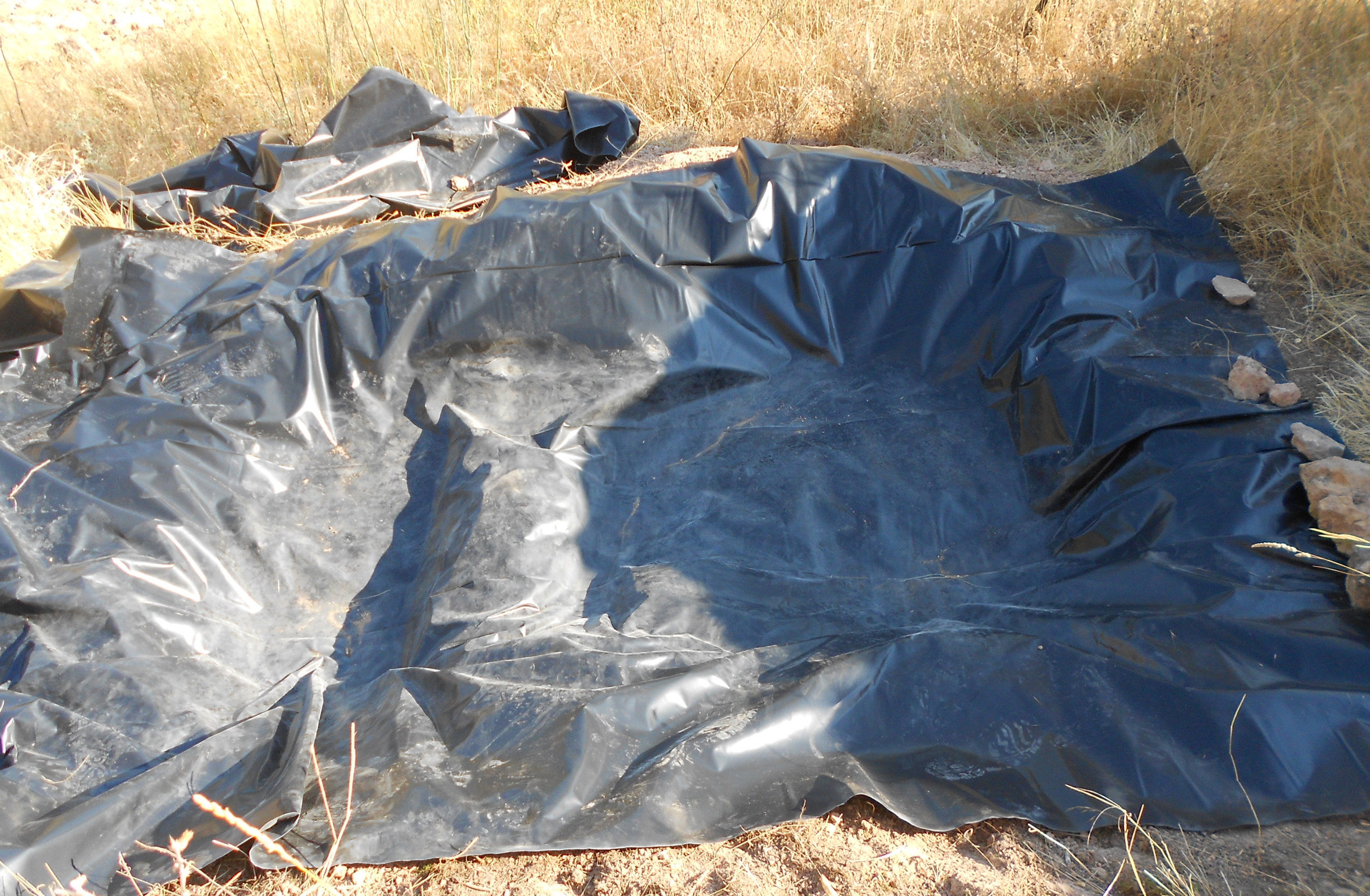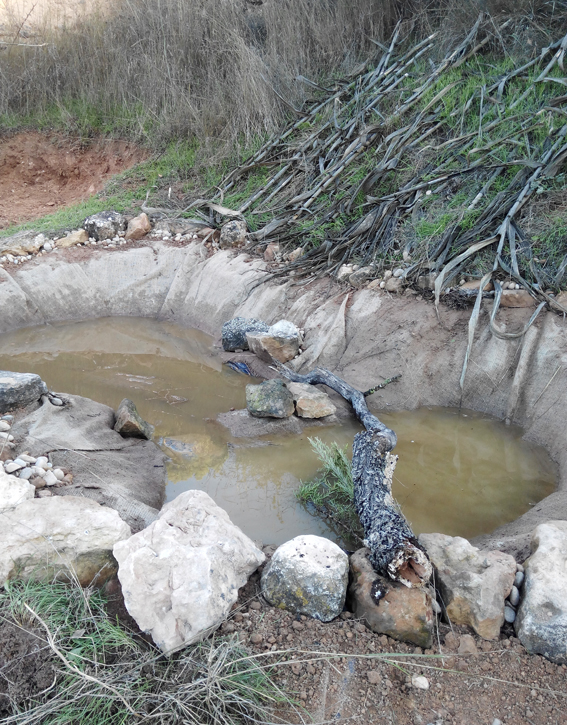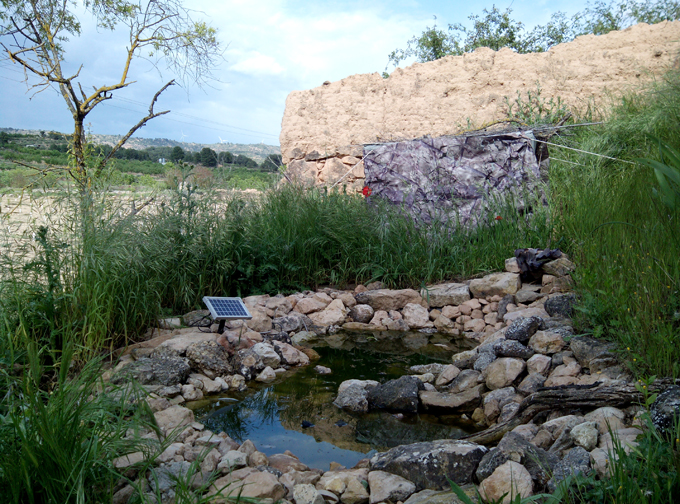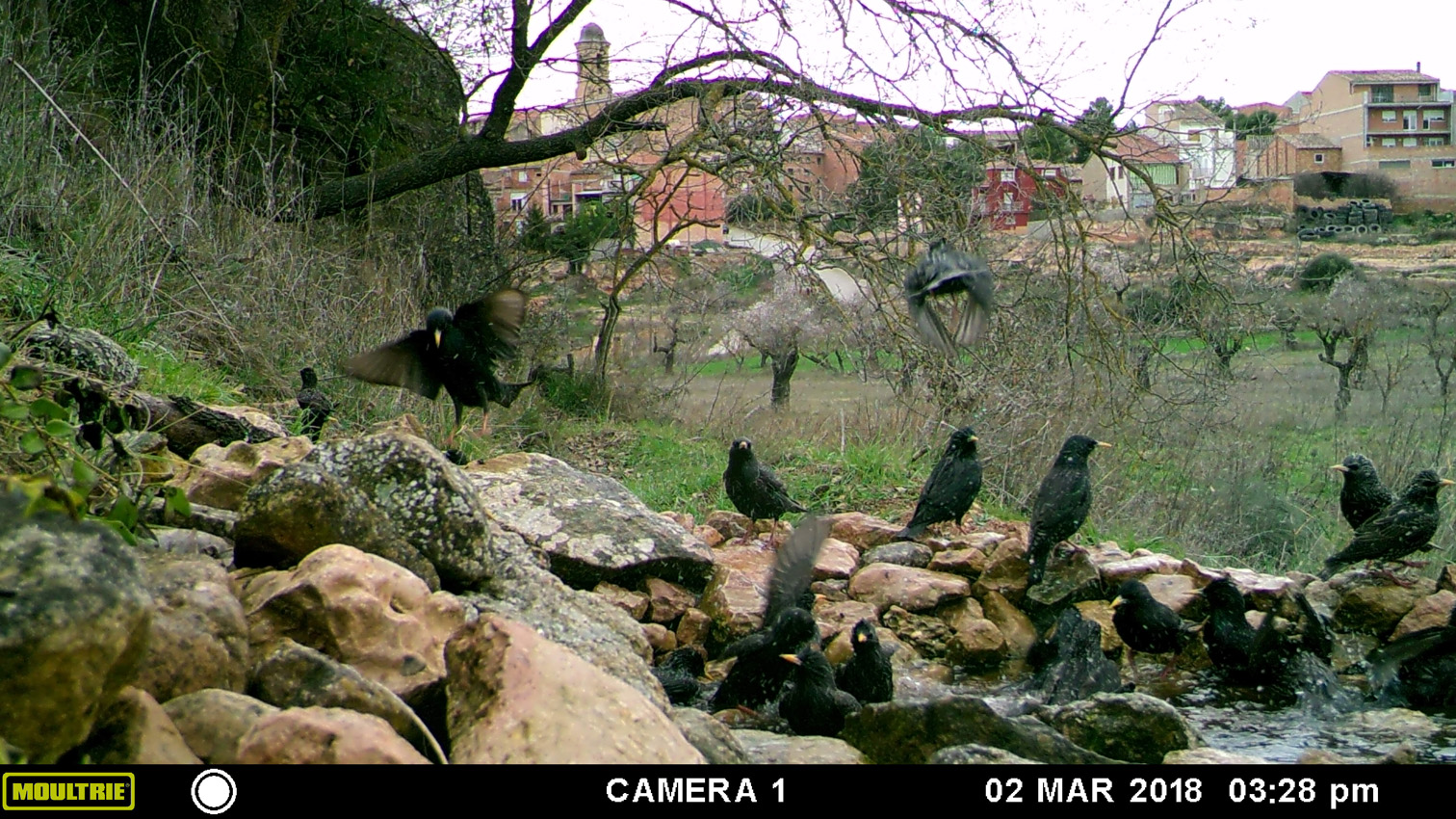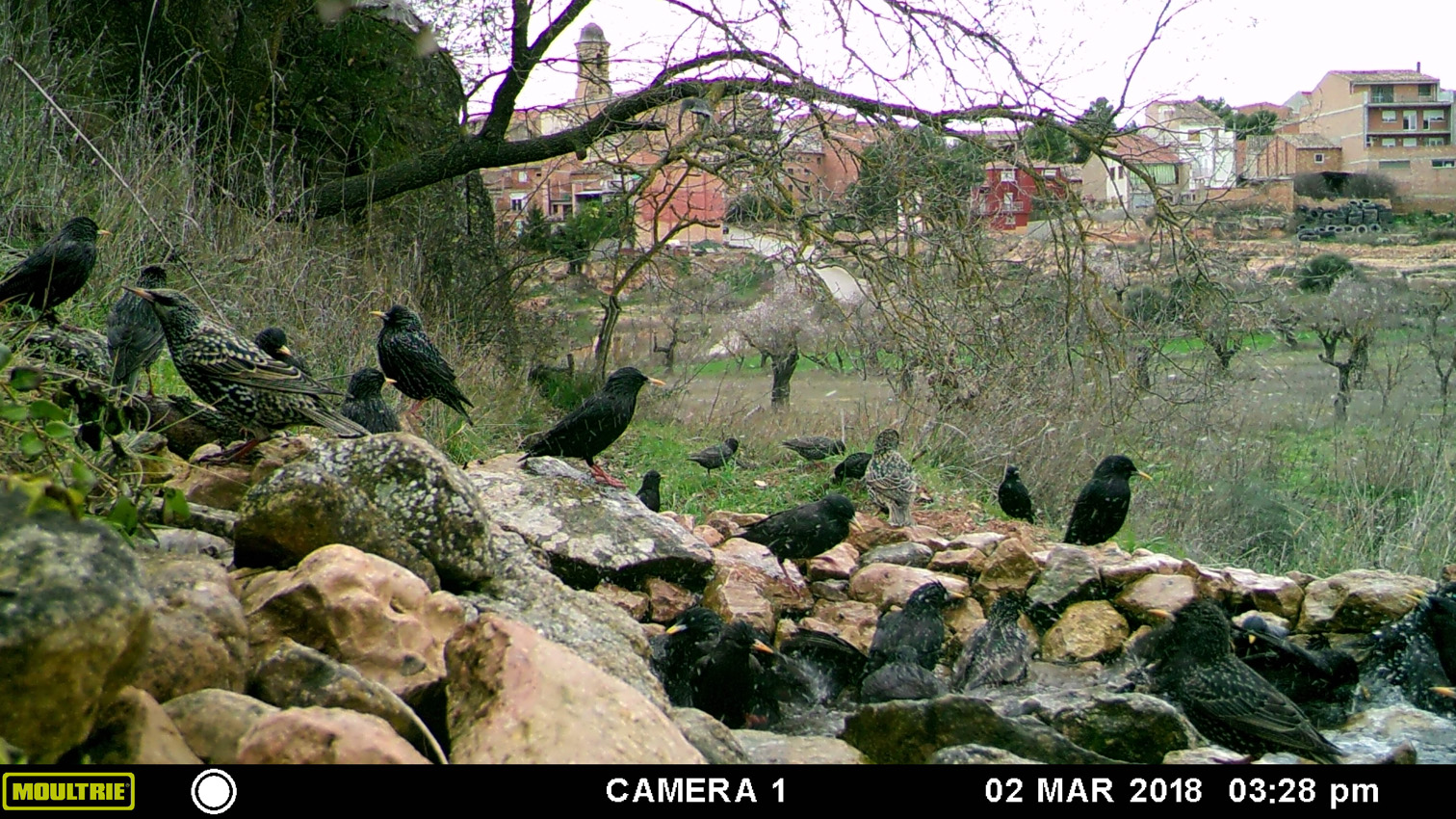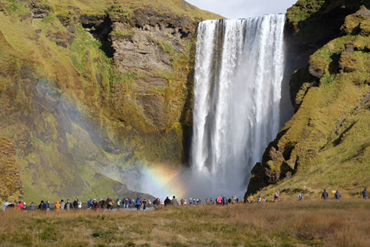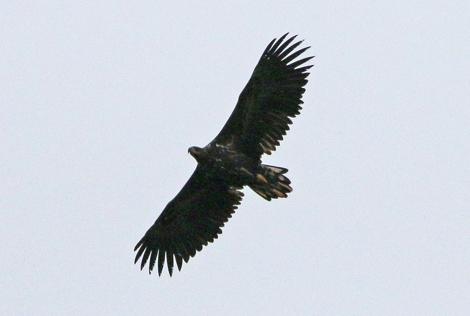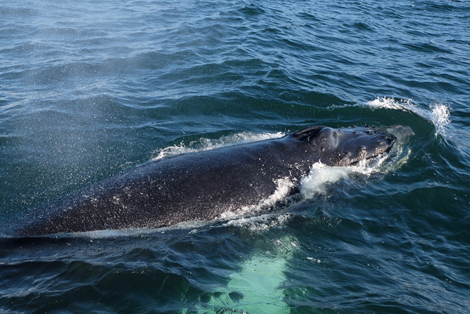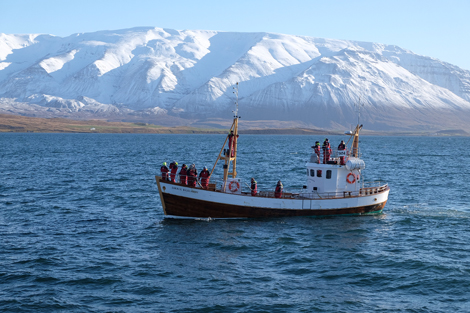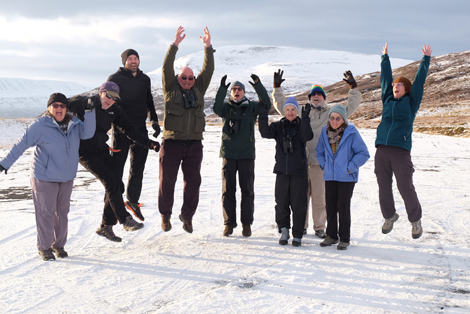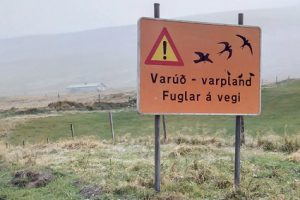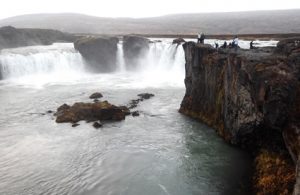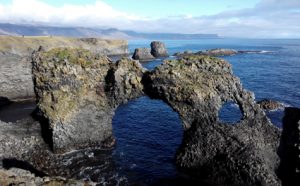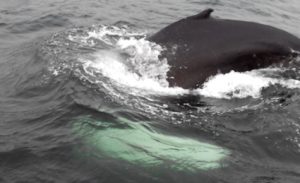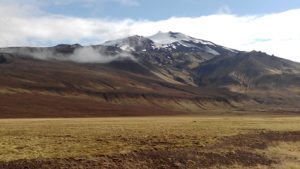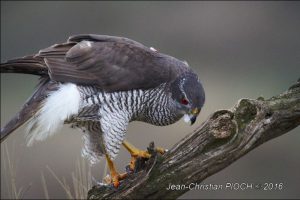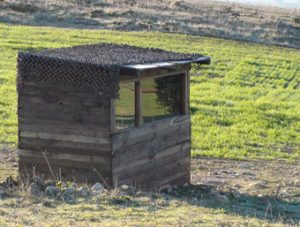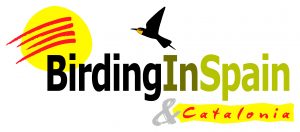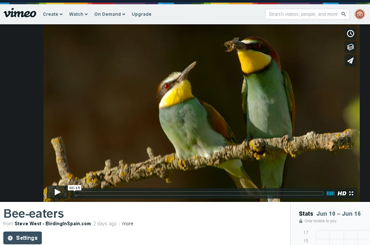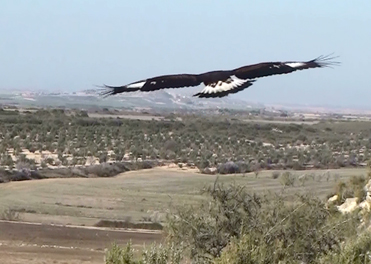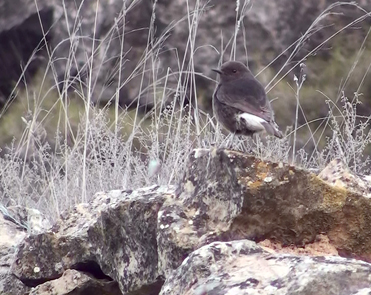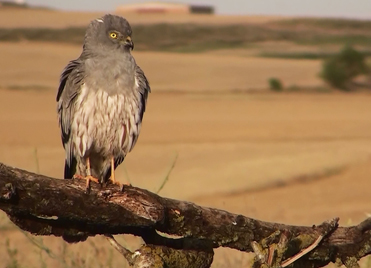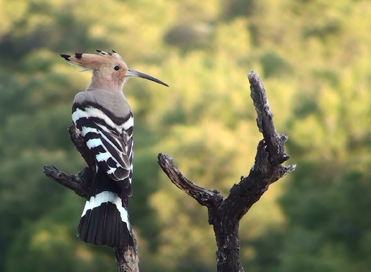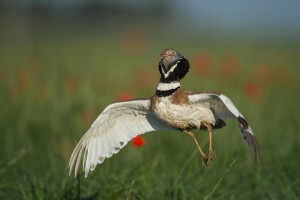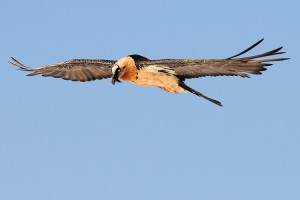Tell us about the birds and the bees
The birds and the bees, mmm, I think we’ll start off literally and see where it leads.
Alas, the canvas hide overlooking the pool has stood unloved for a couple of years now, if occupation for any nature-oriented purpose is anything to measure love by. In other words, I have had no time to spend in the hide enjoying some of the fruits of my many labours, and it’s a shame. It happens like this: before I can walk the 200 metres or so between my parked car and the pool there are just so many things that I see need attending to and I have so many ideas about what could be done that I can never quite make it.
For example:
• The compost isn’t doing anything – you could turn and water it.
• Check on how the trees are doing – water, aphids, nutrients…
• Turn over a log or move a branch in the wood pile to see if anything moves
• The stairs up to the pool need weeding/repairing
• Weeding, there is always weeding to do. But are there enough edible weeds to gather and make them into a dish?
• Check to see if any of the flower seed is showing signs of life.
• Scythe the grass
• Improve the paths
And so on, and so on, and so…
Thankfully, in my prolonged absence we have the trail cam to step into my shoes, and to at least bear witness to some of what goes on at the pool. With it’s motion detection and nocturnal flash function it’s the unsleeping eye – as long as the batteries last, and as long as it’s aligned properly.
How else would we have discovered that a Red Fox is a regular visitor to the pool, at night, and even at 9 in the morning? Or that Badgers are in the area, and visit when all is dark and still? And that at last those couple of stray tick-infested dogs seem to have moved on?
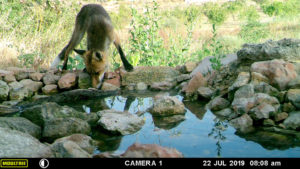
Red Fox at the Pou del Mano drinking pool
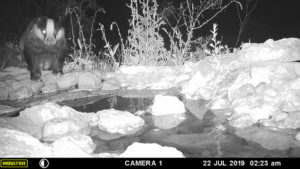
Badger at the Pou del Mano drinking pool
Having said “badger” reminds me of a badge I used to wear at Sixth-form college, when I was an active member of Friends of the Earth and Greenpeace, trying to get people interested in saving the world’s wildlife. It read “Don’t badger the badger”, which in itself is quite a succinct endorsement of the English language ie “badger” can be used as a verb as well as a noun and slots perfectly into a 4-word catchword to convey the message: “Leave the badgers alone, they are not your scapegoats”. Unfortunately there’s no trace of the badge among my personal belongings, and worse yet, I can’t even trace it on the Internet. Has anyone out there ever had one of those badges, and still got it? If so, I’d love to hear from you.
It seems the idea of slaughtering badgers (called “culling” when you have to justify it to constituents or customers) resurfaces every decade or so in the UK, as in its day my old badge was a response to ongoing badger culls in the early 1980s, while the Guardian article below relates to a proposed cull in 2010.
https://www.theguardian.com/environment/blog/2011/aug/11/badger-cull-dont-stop-bovine-tb
By the way, if you read the article it virtually destroys the logic of any proposed badger slaughter, and please let’s not get started on “Seals eat our fish”, and “Fox-hunting is needed to control the vermin”, and all that kind of nonsense.
Back to the camera: more than 30 species of birds were recorded in the first couple of winter sessions, including the locally scarce Brambling and Hawfinch. Unfortunately, the camera wasn’t set for the spring migration, when I was hearing regular bursts of song from Wryneck, Bonelli’s Warbler and even Grasshopper Warbler. Hopefully next year…
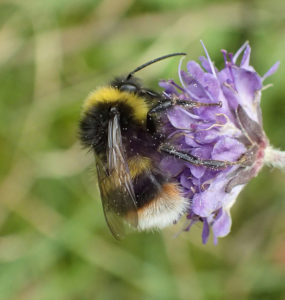
Bumble bee on flower
And the bees? Well, one of the measures that you can take to encourage native bees is to provide water for them. They need nectar and pollen sources, soft banks to nest or roost in, patches of exposed earth and water. Although the hard truth is that we’ve had more interest at the pool from wasps and even dragonflies than from bees, it’s still early days yet, and once the drought has come to an end hopefully much of the flower seed we have sown will grow into flowers, attracting bees who will then need a drink after gorging themselves on abundant nectar. Either way, we’re going to have a lot to say about bees …
Next chapter: The frog in the well
What real people say about Birding In Spain:
Julie and Roger Knourek (USA), Marvellous May 2019
Hello Steve and Florinda! We’re back in Arizona, rested up and ready to travel to Wyoming for the rest of the summer. I just wanted to take a minute to thank you for the Marvelous May trip we recently went on with you. Everything worked out perfectly – the birding was excellent, the hotels and food were wonderful, and we enjoyed everyone’s friendship and companionship while we were on the tour. I really appreciate that you were able to accommodate our needs when necessary. It was truly one of the highlights of our lives!!! I will post a few pictures when we get to WY and get settled in. Thanks so much!
We recommend:
Marvellous May Scotland Tour 2020
- information to follow

